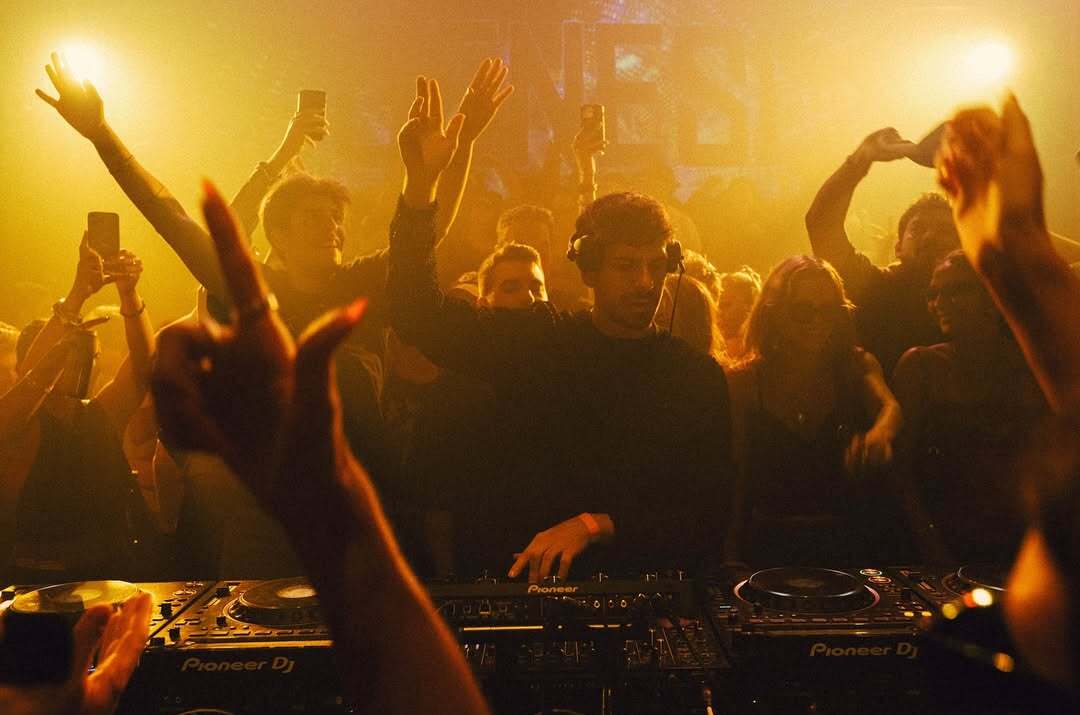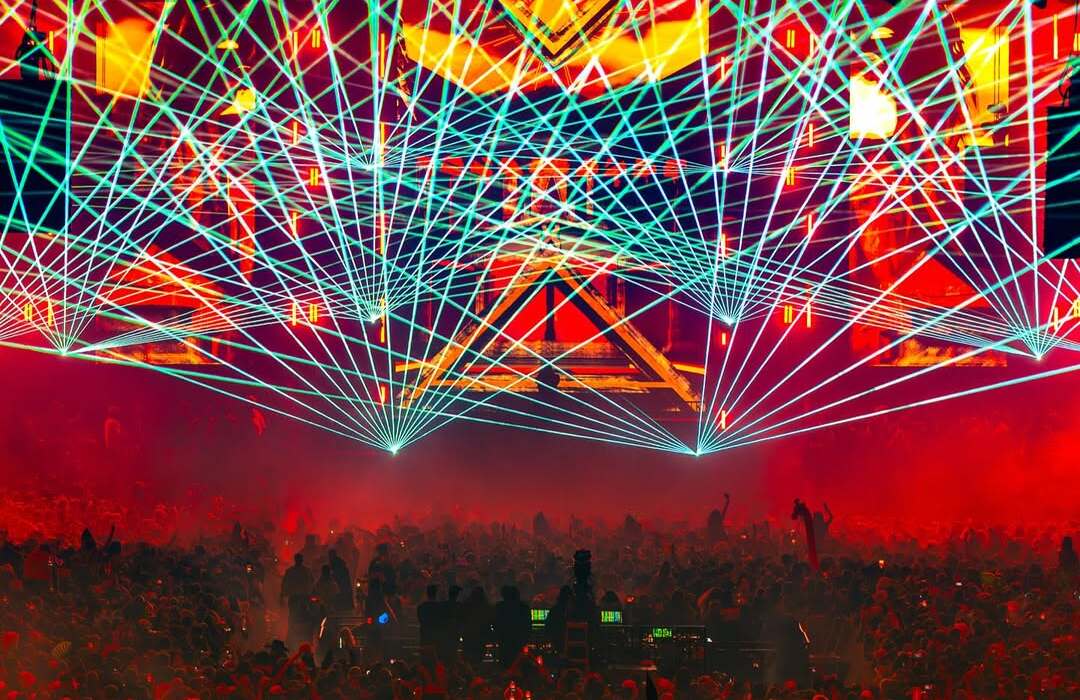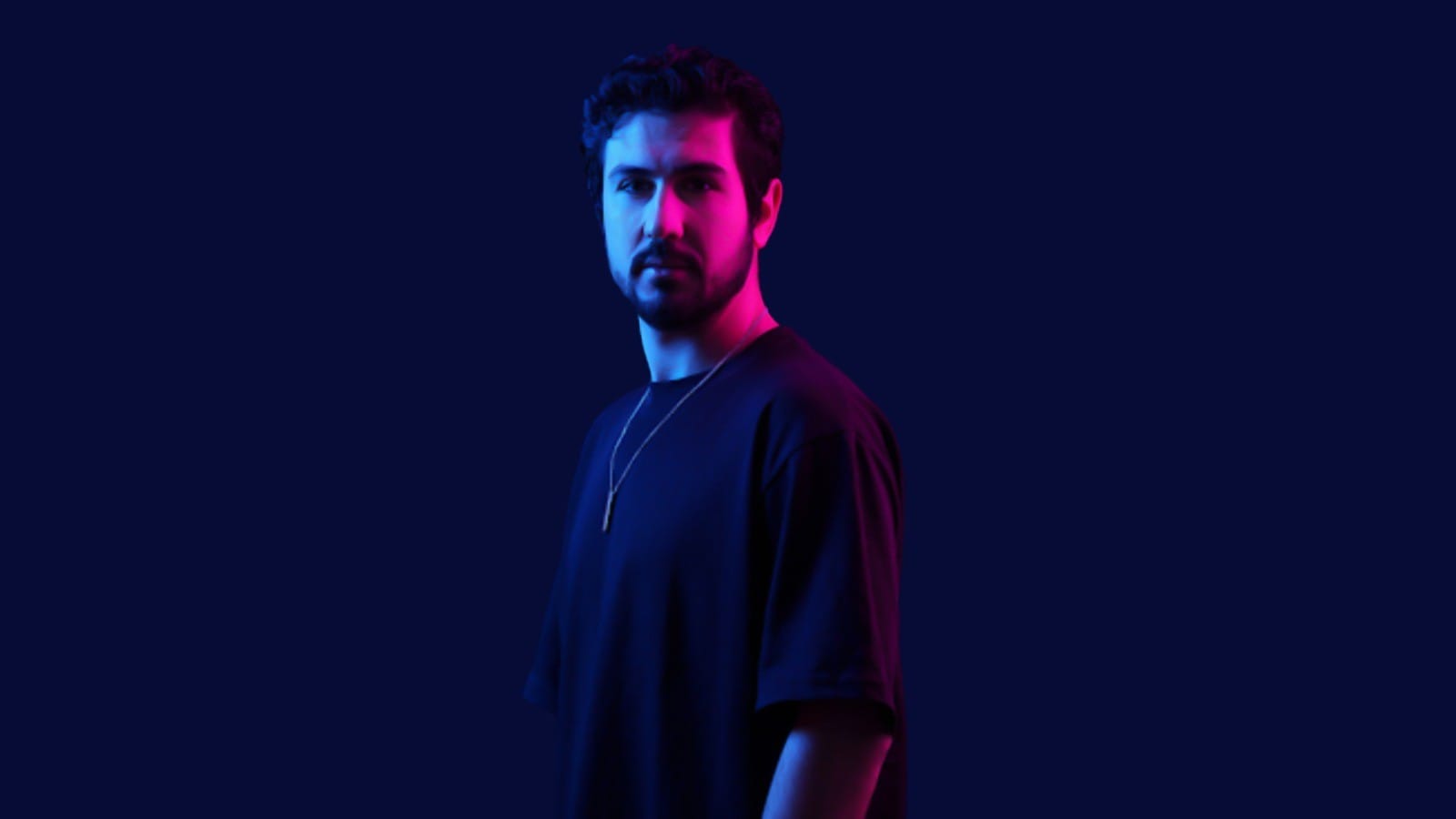WARNING: The following contains spoilers for Season 4 of Attack on Titan, streaming now on Crunchyroll, Funimation, Hulu and Amazon Prime.
With Attack on Titan's end inching ever closer, it becomes easier to assess the franchise's legacy as a whole. While Hajime Isayama's powerful and twisting tale of survival against all the odds has drawn praise for its storytelling, action and complex characterization, as well as criticism for its fascist and Imperial subtext, its representation of women and those outside the gender binary (Hange Zoe) is comparatively under-discussed. And it really should be discussed because perhaps counter to what the uninitiated may expect, Attack on Titan's characters who fall into either of those categories are mostly on equal footing with their male counterparts.
For the shonen demographic, which is geared towards boys, Isayama's series is relatively free from all the usual trappings that let women characters down on a routine basis -- if they're adequately included at all. Generally, such failings aren't perceivably deliberate or malicious; rather, the product of an ingrained, cultural belief that boys and men care little for girls and women who aren't serving male characters in some way: the sex object, the damsel in distress, the nagging partner, the mother figure... or some awful combination of them all, and more. Some of the more heinous examples can be found in the likes of The Seven Deadly Sins and Fire Force, which use women's bodies for ecchi punchlines and even sexualized cannon fodder. Others, like the isekai genre's Sword Art Online, start off strong before nerfing their heroines for fear of them overshadowing the male lead (though the most recent season has made up for this somewhat.)
Even shonen juggernauts like Dragon Ball, which features feisty and capable women like Bulma and Chi-Chi, and One Piece, with the likes of Nami, Robin and Boa Hancock, are far and away from gender parity, and the latter's... artistic appreciation of the female form's proportions should make Milo Manara's Spider-Woman blush. Yes, shonen has seen some improvement in recent years -- Jujutsu Kaisen's fairly-balanced cast, for instance -- but you'd be hard-pressed to find many in the action/battle series category that don't feel like the female characters are just, well, 'the female characters.' Additions rather than integral pieces in the story.
By comparison, though Attack on Titan is certainly anchored by Eren, and later, Zeke, Jaeger, characters like Mikasa, Hange, Historia, Ymir, Sasha, Pieck, Yelena and Gabi, among others, have a huge variety of roles to play, and don't feel hindered by their gender identities. Though they occupy a famously bleak and vicious world, there's little space, it seems, for sexism or sexual violence in it, both of which are often heavily leaned upon in male-authored fantasies for the sake of 'historical realism.' Isayama's world is deeply-seated in racism, and the cast is far from racially-balanced, but in this desperate battle for freedom, there's equal opportunity for men and women, at least, to live and die side-by-side. (Lampshading this, in Season 3, Armin's Historia disguise almost results in an incident of sexual assault... only for the assailant to realize the 'girl' he's kidnapped is, in fact, a boy.)
According to the Titan creation myth, the very first Titan was a woman: Ymir Fritz, the holder of the Founding Titan from which all Titans originate. Eldians who carry her genetic potential to become Titans refer to themselves as her "Subjects." She eventually becomes a symbol of Eldian subjugation and, in her quest for liberation, empowerment -- though the cost of that is exceedingly questionable. It's tempting to point to her, and battle maidens like Mikasa, as emblematic of the Strong Female Character archetype, but that reductive label would do them a disservice.
Just like their male counterparts, these characters aren't merely 'strong,' but complicated, flawed and varied in their quirks: Sasha loves to eat and is fiercely loyal; Hange is a mad scientist grappling with leadership; Historia is a secret queen from an abusive family; Ymir is a warrior with a mysterious past; Yelena is a sociopathic henchwoman; Pieck is a demure powerhouse; Gabi is a child soldier on the cusp of self-actualization, and Mikasa is a military marvel consumed by unrequited love. It's rare to see not only such a large supporting cast of prominent female and non-binary characters in a shonen story but also ones that are so realistically distinctive -- and without drawing on common gender stereotypes to do so. The same can be said in their designs: ranging from the more androgynous to the more feminine; plain-looking to conventionally beautiful.
Rarer still is it to find a shonen story that includes someone like Hange, whose gender identity is deliberately left up to the interpretation of the reader/viewer by their creator. Not only this, but their identity is never called into question by any other character. Ironically, for a world in which humans are fighting for their existence, Hange's personal existence is never an issue -- or even a question -- for those around them.
Why is Attack on Titan so well-balanced in this regard? The answer to this might lie in the fact that Isayama's world is oddly sexless. Despite the constant issue of over-sexualization, romance is often a footnote in action-heavy shonen. Attack on Titan is no exception, with its core 'will they, won't they' subplot continually failing to come to fruition. Perhaps because of the historical and end-of-the-world setting, clothing is also fairly conservative but even if it weren't, no female-presenting body is ludicrously proportioned. Womens' appearances are certainly commented upon, passes are made and attachments form, but they aren't overly objectified or made the butt of any lurid gags.
Nitpicking this, one could argue that female sexuality (and any sexuality) is rather suppressed as a result. There's certainly nothing wrong with women being sexy, sexual and powerful. But when you look at the way similar series, like Game of Thrones, for instance, roots so many of its female characters' power almost solely in their sexuality, you can see how objectification can easily mask itself as empowerment.
More of Attack on Titan's flaws are evidenced in Historia and Ymir's unfortunate fates -- its only canonically queer female characters. Shonen is hardly a trailblazing genre for LGBTQ+ stories, making the inclusion of a budding more-than-just-friends dynamic between the pair in Seasons 2 and 3 noteworthy. Though the two weren't physically explicit about their relationship, their words -- and other actions -- made it all too clear how they felt. And like with Hange, there was never any perceivable judgment from those around them. Sadly, Ymir fell victim to a Bury Your Gays ending (and off-screen too) while Historia has been consigned to the role of royal baby-maker and extradited to the story's periphery. Downer endings are very on-brand for Attack on Titan, but considering the pair's marginalized status, extra scrutiny is warranted.
They aren't the only ones, either. In fact, one of Attack on Titan's great failings is arguably Mikasa -- a woman who has a pivotal role to play in the story but has no real arc or autonomy to speak of that should go with it. One could argue that her Ackerman brethren, Levi, is also largely unchanged as a character by the bulk of his experiences through the series, but his part is really just to 'kick Eren and look cool.' His distant relative, however, is one-third of the central trio and one-half of a major, potential romance. She starts the story as an incredible fighter with a shy demeanor and hopeless devotion to Eren. None of those things have changed.
Outwardly, Mikasa is still an undeniable force to be reckoned with and most of the strides Attack on Titan has made, on balance, are to be applauded. Where this kind of representation is concerned, shonen fans should continue to demand more from its contemporaries, and its successors.
About The Author

